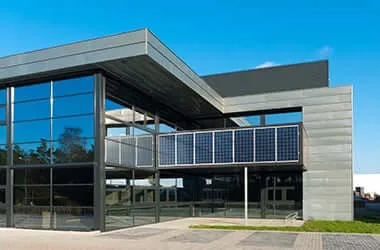standard dimensions of solar panels
Understanding Standard Dimensions of Solar Panels
Solar energy has gained significant traction as a renewable energy source, and solar panels have become the cornerstone of this technology. One of the critical factors to consider when choosing solar panels is their dimensions. The standard dimensions of solar panels can influence their installation, efficiency, and overall performance in generating electricity.
Most commonly, solar panels come in a rectangular shape, and their standard sizes typically range from 60-cell to 72-cell configurations. The 60-cell solar panel measures approximately 39 inches by 65 inches (1,000 mm by 1,650 mm), while the larger 72-cell panel has dimensions around 41 inches by 78 inches (1,050 mm by 1,950 mm). These sizes are designed to optimize the balance between surface area for solar energy absorption and the structural integrity of the panels.
The choice between 60-cell and 72-cell panels often depends on the specific needs of a project. The 60-cell panels are generally more suited for residential installations, as they are easier to handle and install due to their smaller size. They are also more efficient in terms of space consumption, particularly in areas with limited roof space. Conversely, the 72-cell panels are favored for commercial installations where larger surface areas are available. These panels can generate more electricity due to their increased number of cells, making them ideal for large roof spaces or solar farms.
standard dimensions of solar panels

Another increasingly popular size is the 48-cell panel, which is typically used in small-scale applications, such as residential rooftops or portable solar devices
. These panels measure approximately 24 inches by 54 inches and provide a compact solution for generating solar energy where space is limited.It’s important to note that while standard dimensions are prevalent, there are variations based on manufacturer designs and technological advancements. Newer technologies, such as bifacial and thin-film solar panels, may exhibit different dimensions and characteristics. Bifacial panels, for instance, can capture sunlight from both sides, allowing for greater energy production without necessarily increasing the panel's surface area.
When designing a solar energy system, understanding panel dimensions is crucial. It not only affects the number of panels required to achieve the desired output but also influences the overall layout and aesthetics of the installation. Each project must consider factors like roof orientation, shading, and local weather patterns, which can all impact the efficiency of solar panels.
In conclusion, the standard dimensions of solar panels play a vital role in the solar energy landscape. With typical sizes ranging from 60-cell to 72-cell configurations, choosing the right panel depends largely on the specific application and available space. As solar technology continues to advance, we can expect to see new designs and dimensions that enhance efficiency and adaptability for various energy needs. Understanding these dimensions will ensure that consumers make informed decisions that align with their energy goals.
-
Unlocking Energy Freedom with the Off Grid Solar InverterNewsJun.06,2025
-
Unlock More Solar Power with a High-Efficiency Bifacial Solar PanelNewsJun.06,2025
-
Power Your Future with High-Efficiency Monocrystalline Solar PanelsNewsJun.06,2025
-
Next-Gen Solar Power Starts with Micro Solar InvertersNewsJun.06,2025
-
Harnessing Peak Efficiency with the On Grid Solar InverterNewsJun.06,2025
-
Discover Unmatched Efficiency with the Latest String Solar InverterNewsJun.06,2025







